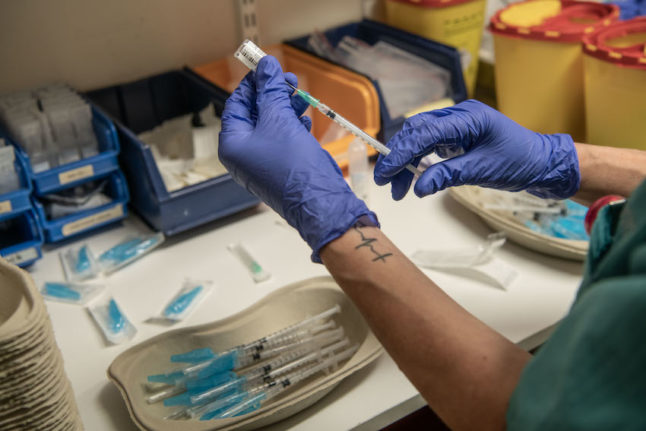The report's authors concluded that coronavirus will in all likelihood be 2020's most common cause of death in the region.
The National Board of Health and Welfare's figures show that more people have died of the virus in Stockholm than died of heart attacks and strokes in all of 2019 – the agency bases its figures on the cause of death as assessed by a doctor, which means that even cases which haven't been confirmed by a diagnostic test are included in their figures.
The new report shared by Stockholm's Centre for Epidemiology and Civil Medicine (CES) shows how the virus has spread in residential care homes and in society more generally – and the patterns are different in different parts of the city.
There is significant variation in the death rate between neighbourhoods, even between areas located very close to each other. The death rate per 10,000 inhabitants ranged from 2.3 to 23; in other words, more than ten times as many people died in relation to the population in the worst affected spots.
In the areas of Akalla, Sköndal and Tensta, which are among the hardest hit by the virus, the infection has spread significantly both in care homes and among the general population.
Rinkeby and Husby were also among the worst hit suburbs, with high levels of fatalities, but the local care homes in those areas were barely affected at all.
This was the first of a planned series of reports by the CES, with the next reports set to look more closely at patterns in socioeconomic background, occupation and household makeup of those most affected by the coronavirus.
-
People born overseas at higher risk from coronavirus in Sweden
- Which professions are over-represented in Sweden's coronavirus statistics?
Editor's note: An earlier version of this article contained an error in the table. The deaths are measured per 10,000 residents, not per 100,000 as previously stated.



 Please whitelist us to continue reading.
Please whitelist us to continue reading.
Member comments